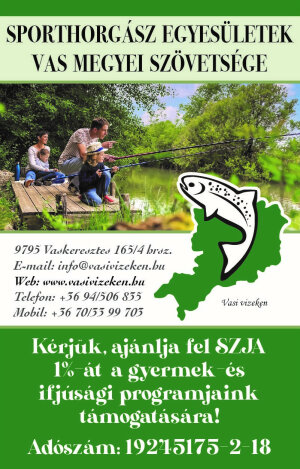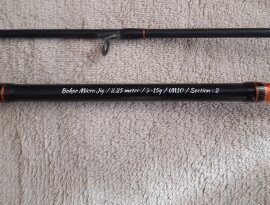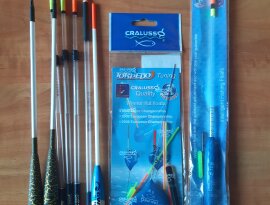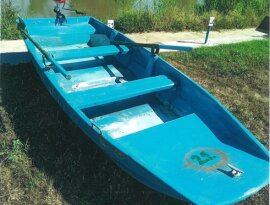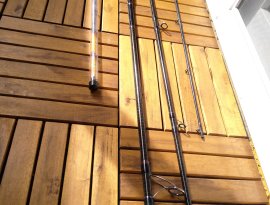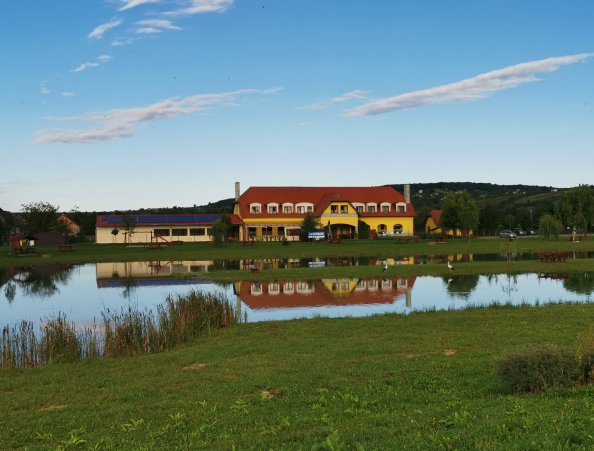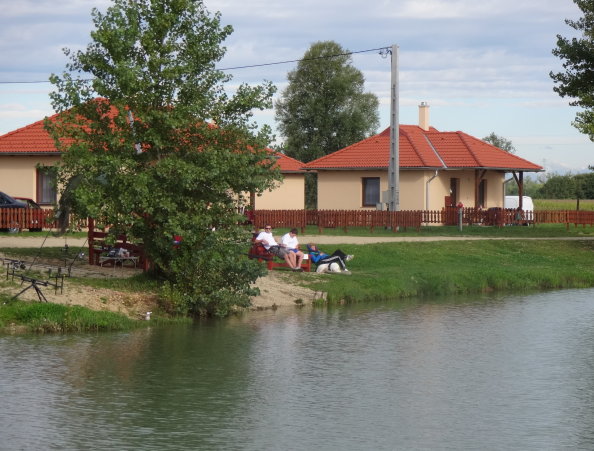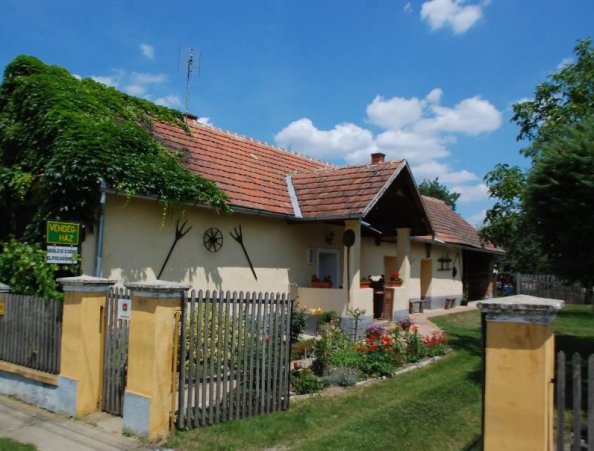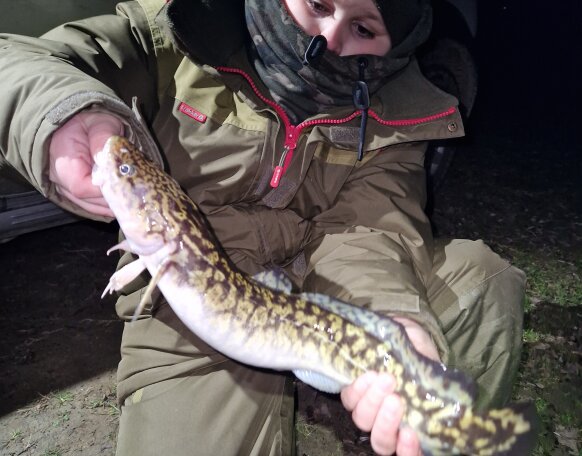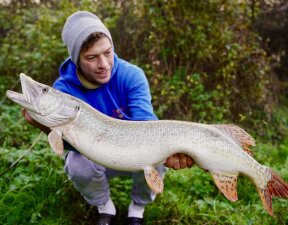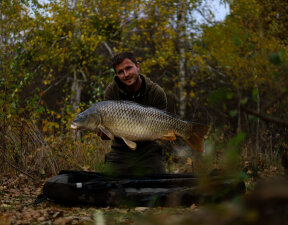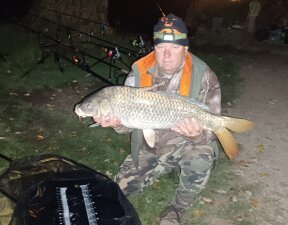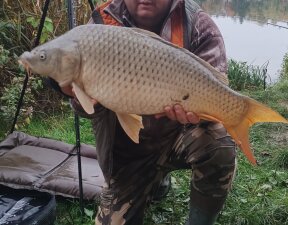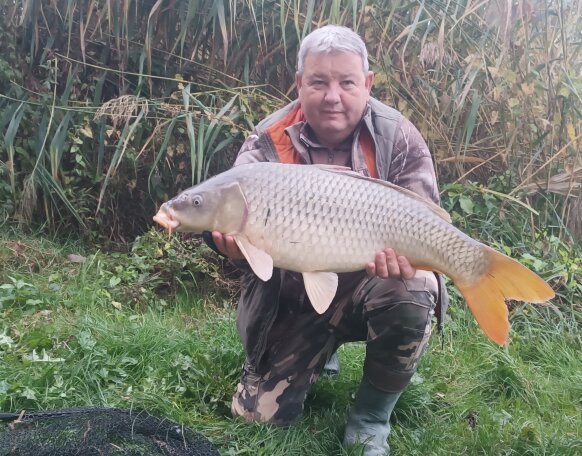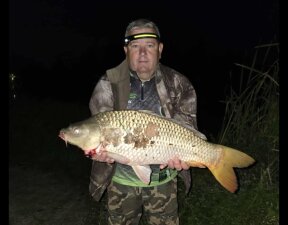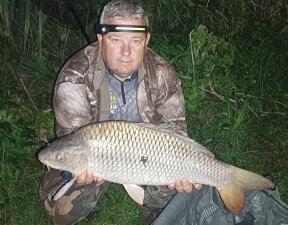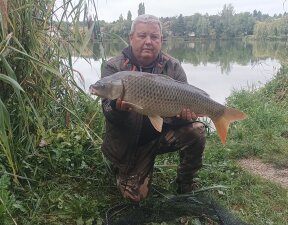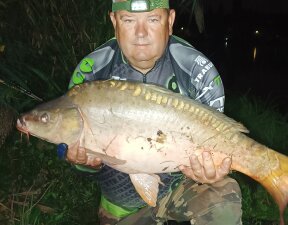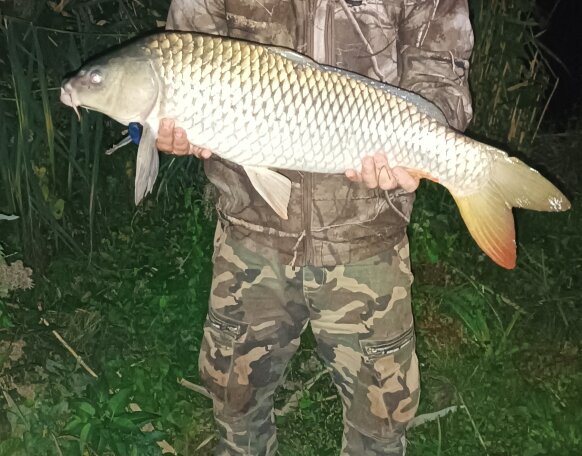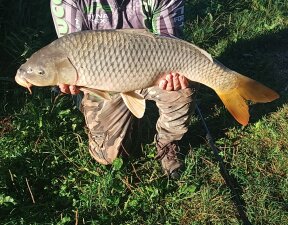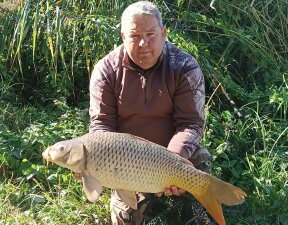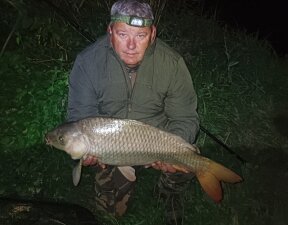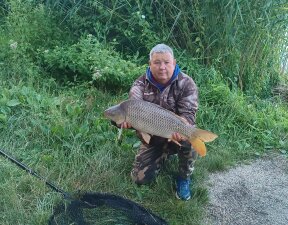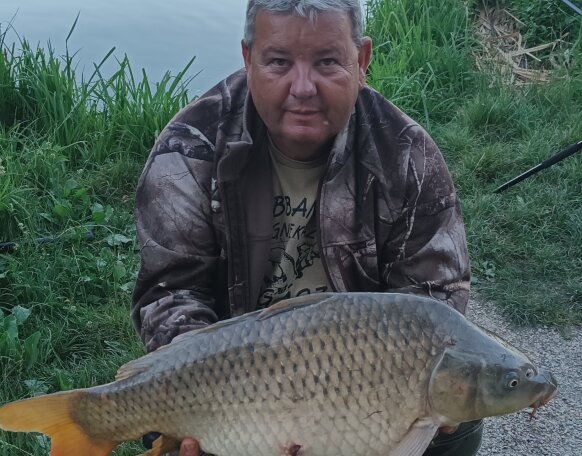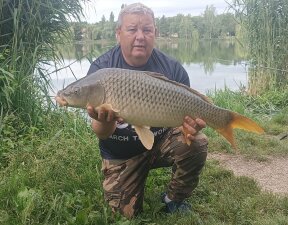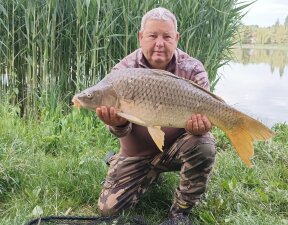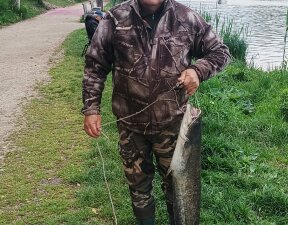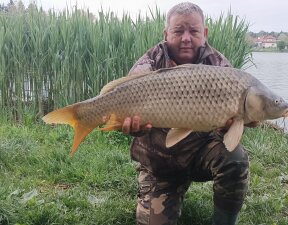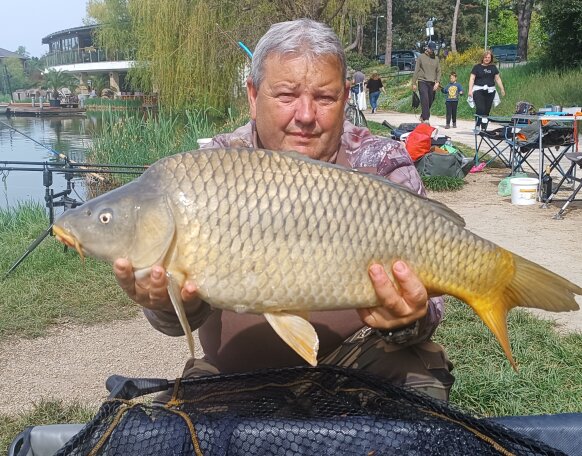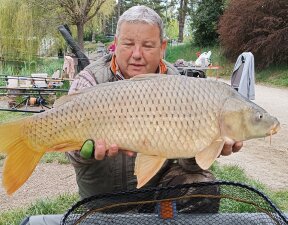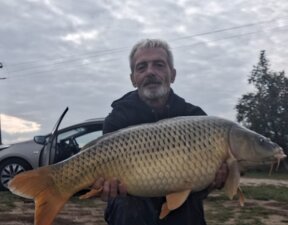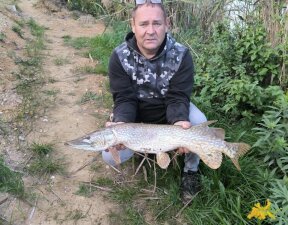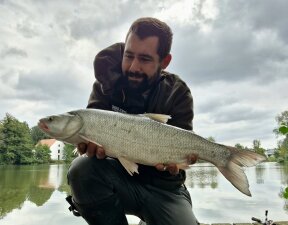Fish of the year vote
This is the 16th time that the "Fish of the Year" has been selected. The presidency of the Hungarian Haltani Társaság nominated three candidates again this year: the bream (Abramis brama), the kurta baing (Leucaspius delineatus) and the cutthroat bream (Gymnocephalus cernua). Nature lovers and fish lovers can choose from these three species of fish native to our country.
Dévérkeszeg - Abramis brama (Linnaeus, 1758)
DÉVÉRKESSEG can be found in almost all of our stagnant and slow-flowing waters. Its habitat is mainly characterized by sandy and muddy beds, hence the name of the lowland section of our larger rivers, the dévér zone. Strongly flattened from the side, a high-bodied fish, the curve of its dorsal line is not uniform, it breaks slightly halfway between the head and the dorsal fin. The head is small, the eyes are medium-sized, and the mouth is in a semi-lower position. Its scales are medium in size and become visibly smaller as it moves upwards from its lateral line. The back is greenish gray, the belly is white, and the fins are gray.
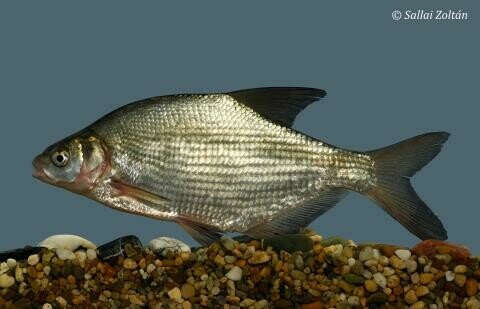
Its diet consists mainly of bottom-dwelling invertebrates, but it also eats planktonic organisms and plant debris. Spawning lasts from April to June, when it is laid on vegetation in open places, but in the absence of these, it can also lay its translucent, slightly yellowish eggs on coastal stones or the bottom of the bed, which it later leaves alone. It usually lives alone or in small groups, but in winter it can gather in larger flocks. It is one of our most important prey for fishing and angling, as it is a common species and grows larger than our other bream species. Its flesh is stringy, but tasty. Rolled in paprika flour, thickly rolled and fried in plenty of oil, it is a very popular delicacy as "fried bream". Its body length can reach 75 centimeters. The Hungarian catch record was broken in August 2024, when a 7.2-kilo giant was caught from the Rába.
/ Sereg Kamilla Rózsa
Kurta baing - Leucaspius delineatus (Linnaeus, 1758)
KURTA BAING is a small, native fish belonging to the family of the rabbitfish. Its body is elongated and stout, with a slightly curved back and belly. His short, blunt nose and characteristically large eyes attract attention. His mouth is in an upper position, the large cleft is directed sharply upwards. His lower jaw bends up like a hook, so it covers his head almost like a mask. Its general size ranges from 6 to 8 cm, but rarely it can grow up to 10 cm. Its scales are small, silvery and fall off easily.
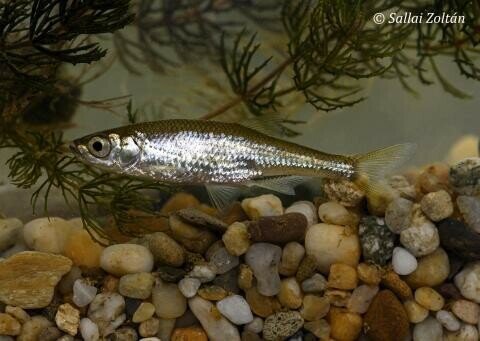
Its diet consists mainly of planktonic organisms, orphan mosquito larvae and small insects that fall to the surface of the water. Its reproduction takes place between April and July, when the eggs are laid in pairs. The female lays 100-150 eggs on aquatic plants, which the male guards and cares for. As a habitat, it prefers slow-flowing or standing water, for example peat mine lakes, dead beds and lowland canals. In our larger rivers, it usually only appears on the wave fields after the floods. Its characteristic mark is the row of dots at the base of the tail fin, as well as the lateral line, which is visible only on the first few scales. Due to the disappearance of its habitats and the spread of invasive species, its populations have declined significantly. It is a protected species in Hungary, with a conservation value of HUF 10,000.
/Dénes Bajchev-Dancsó
Gymnocephalus cernua (Linnaeus, 1758)
VÁGÓDURBINCS is a small, slightly stocky fish with a high back and flattened sides. Its head and rounded nose are relatively long, and its eyes are large. Its mouth is wide and small. The front part of its long and high dorsal fin is stiffened by bone spines, and the back part by branching, soft rays. The border line of the rear part of the dorsal fin intersects the caudal handle at an acute angle, while the wide scapula intersects it at an almost right angle. Its body is brownish-green, with scattered dark, irregular spots. It inhabits slow-flowing waters and more open stagnant waters, avoiding fast-flowing sections and swampy areas.
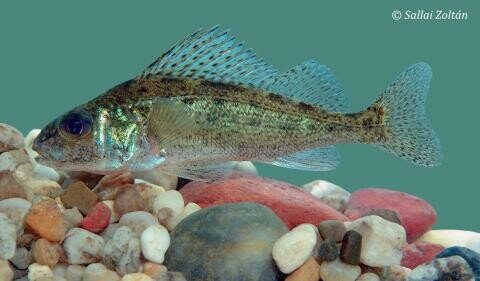
It is common in the lower reaches of larger rivers and is a dominant species in these habitats. The name of the semi-saline estuarine habitats mixed with seawater, the Durbincszóna or Durbincs-pépényfish zone, also got its name from him. Young specimens feed on plankton organisms, and then gradually switch to eating bottom-dwelling invertebrates. Larger specimens sometimes also prey on juvenile fish. We used to have a common, sometimes massive fish, but due to the transformation of its habitats and the rise of invasive gobies, its population has dwindled significantly. Today, it is considered a non-catchable species, so specimens caught on the hook must be released.
/ László Nagy
Votes can be cast by clicking here until 12:00 noon on December 31, 2024.
Source: https: haltanitarsasag.hu


